My phone rang and I saw that it was a client who’d recently begun the journey of implementing EOS™. “Dale, I’m trying, but there are so many daily distractions in my business. How do I get off the hamster wheel?”
This is, by far, the number one question I hear from busy entrepreneurs. I reassured my client that being on the hamster wheel only made her normal, but if this is such a universal disease that can be contracted by starting a business, why hasn’t anyone developed a cure? Perhaps it’s because the root cause is hard to discover and needs thoughtful diagnosis. First, we should ask “how much of the problem is because of the wheel, and how much is because of the hamster?”
WHEEL PROBLEM:
If your business is structured to put you at the center of everything, you’ll never get off the wheel. EOS™ provides leaders with a tool called the Accountability Chart to help leaders and their teams look 6-12 months into the future and envision the right and best structure to support it. This envisioning exercise makes them consider their own roles, what functions are important, where they have gaps in the team, who has potential to take on a bigger role and where the talents of each of the leadership team members would best serve the greater good. A well-conceived Accountability Chart is like a blueprint for succession planning. It represents the tomorrow we’re working towards, and clearly highlights our organizational development milestones.
HAMSTER PROBLEM:
Clinging to a routine is just human nature, so if you’re the hamster on the wheel you must take some specific actions to get off. We call it “letting go of the vine”. EOS™ provides leaders with a Delegate and Elevate tool. It helps them objectively record how they spend their time. Most find they’re spending all of their time doing TASKS (routine activities, chores, and responsibilities) and almost none on PROJECTS (improving processes, training & leading people, developing new products and services). Using the Delegate and Elevate exercise, we have them categorize their “task work” into 4 quadrants of activities:
- Love/Great at doing
- Like/Good at doing
- Don’t Like/Good at doing
- Don’t Like/Not Good at doing
Once all their tasks are categorized, it becomes easier to plan which tasks to delegate and which to keep. The next step is addressing the “Don’t Like” tasks in one of four ways:
- Delegate internally: There’s somebody on the team with the skills, desire and capacity to do it as well or better. If not, maybe your “Don’t Likes” could be combined with routine tasks required from another leader to form the basis of a new entry-level position. This simple hiring decision is how companies grow. Also, look at your process: can you re-engineer to redistribute the task to a check-list someone else can own?
- Automate it: We live in the golden age of software tools and web-based solutions. How could some routine tasks be re-engineered with the application of some simple tools?
- Outsource it: Consider assigning some tasks to virtual executive assistants. If it’s more high-level but not your expertise, consider virtual CMOs, CFOs and COOs. Outsourcing IT services, HR administration, payroll are easy and proven ways to save time and money by engaging specialists
- Stop doing it: What would happen if the task didn’t get done? Is it important to your customer and would they notice?
At EOS™, we call the hamster wheel problem “hitting the ceiling”. We help our clients acquire the leadership abilities to break through the ceiling. We get them off the hamster wheel to give them more satisfaction from their work and from their life.



